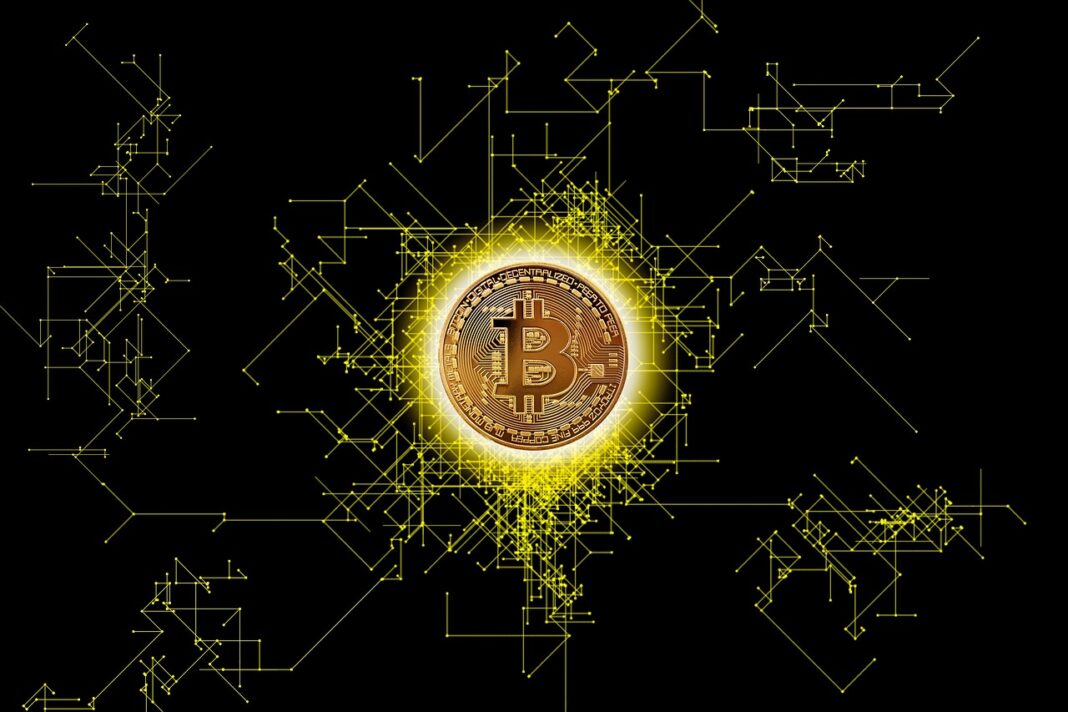Navigating the exciting world of Web3 can feel like entering a vast, uncharted territory. Forget the centralized control of Web2; Web3 offers a decentralized future, powered by blockchain technology, where users own their data and participate in the governance of the platforms they use. This means understanding the intricacies of the various Web3 ecosystems is crucial for developers, investors, and anyone curious about the future of the internet. Let’s dive deep into what makes these ecosystems tick.
Understanding Web3 Ecosystems
What is a Web3 Ecosystem?
A Web3 ecosystem is a network of interconnected decentralized applications (dApps), protocols, and infrastructure built on blockchain technology. Think of it as a digital city built on a shared, transparent, and immutable ledger. Each component within the ecosystem interacts with the others, creating a dynamic and collaborative environment. These ecosystems are often characterized by:
- Decentralization: Control is distributed across the network, reducing reliance on central authorities.
- Transparency: Blockchain technology provides a public and auditable record of transactions.
- User Ownership: Users have greater control over their data and assets.
- Composability: dApps can be built on top of each other, fostering innovation and interoperability.
- Tokenomics: Cryptocurrencies and tokens are used to incentivize participation and govern the ecosystem.
Key Components of a Web3 Ecosystem
A thriving Web3 ecosystem typically includes several key components working together:
- Blockchain Infrastructure: This is the underlying blockchain that the ecosystem is built upon, such as Ethereum, Solana, or Cardano. Each has different strengths and weaknesses in terms of speed, scalability, and cost.
- Decentralized Applications (dApps): These are applications built on the blockchain that provide services like decentralized finance (DeFi), non-fungible tokens (NFTs), and decentralized social media.
- Smart Contracts: Self-executing contracts stored on the blockchain that automate agreements and processes between parties.
- Wallets: Digital wallets that allow users to store and manage their cryptocurrencies and NFTs, and interact with dApps.
- Oracles: Services that provide real-world data to smart contracts, enabling them to interact with external systems.
- Governance Mechanisms: Systems that allow token holders to participate in the decision-making process of the ecosystem.
Exploring Prominent Web3 Ecosystems
Ethereum: The Pioneer
Ethereum is arguably the most well-established Web3 ecosystem. It boasts a vast developer community and a wide range of dApps.
- Strengths: Large community, extensive tooling, first-mover advantage.
- Weaknesses: High transaction fees (gas fees) and scalability issues.
- Examples: Uniswap (DEX), Aave (lending protocol), OpenSea (NFT marketplace).
- Actionable Takeaway: Ethereum is a great starting point for exploring Web3, but be mindful of gas fees.
Solana: Speed and Scalability
Solana is a high-performance blockchain known for its speed and low transaction fees. This makes it attractive for dApps requiring high throughput.
- Strengths: Fast transaction speeds, low transaction fees, growing developer community.
- Weaknesses: Relatively more centralized than Ethereum, some past network outages.
- Examples: Raydium (DEX), Solend (lending protocol), Magic Eden (NFT marketplace).
- Actionable Takeaway: If you’re building or using dApps that require speed and low costs, Solana is worth considering.
Cardano: Research-Driven Approach
Cardano takes a research-driven and peer-reviewed approach to blockchain development, focusing on security and sustainability.
- Strengths: Focus on security and sustainability, strong academic backing, growing ecosystem.
- Weaknesses: Slower development pace compared to other ecosystems.
- Examples: SundaeSwap (DEX), MuesliSwap (DEX), JPG Store (NFT marketplace).
- Actionable Takeaway: Cardano is suitable for projects prioritizing long-term stability and security.
Other Emerging Ecosystems
Beyond these giants, many other promising Web3 ecosystems are emerging, including:
- Polkadot: Focuses on interoperability between different blockchains.
- Avalanche: Offers high throughput and customizable blockchains.
- Binance Smart Chain (BSC): Known for its lower fees and integration with the Binance exchange.
Participating in Web3 Ecosystems
Becoming a User
- Choose a wallet: MetaMask, Phantom, and Trust Wallet are popular options.
- Acquire cryptocurrency: Purchase tokens native to the ecosystem you want to interact with.
- Explore dApps: Experiment with various dApps, such as DeFi platforms or NFT marketplaces.
- Engage with the community: Join online forums, Discord servers, and social media groups to learn from others and contribute to the ecosystem.
Becoming a Developer
- Learn blockchain development: Familiarize yourself with smart contract languages like Solidity (for Ethereum) or Rust (for Solana).
- Use development tools: Utilize frameworks like Truffle, Hardhat, or Anchor to streamline the development process.
- Deploy your dApp: Deploy your smart contracts and build a user interface to interact with them.
- Contribute to open-source projects: Contribute to existing projects to gain experience and network with other developers.
- Actionable Takeaway: Participate actively and consistently to truly understand the dynamics of Web3 ecosystems.
The Future of Web3 Ecosystems
Challenges and Opportunities
Web3 ecosystems face several challenges:
- Scalability: Scaling blockchains to handle increasing transaction volumes.
- Security: Protecting against hacks and vulnerabilities in smart contracts.
- Regulation: Navigating evolving regulatory landscapes.
- User Experience: Improving the user experience to make Web3 more accessible to mainstream users.
Despite these challenges, Web3 ecosystems offer tremendous opportunities:
- Financial Inclusion: Providing access to financial services for underserved populations.
- Data Ownership: Empowering users to control their data.
- Innovation: Fostering innovation in various industries, such as finance, gaming, and social media.
- Transparency: Increasing transparency and accountability in governance.
- Actionable Takeaway: Stay informed about the latest developments and be prepared for both the challenges and opportunities ahead.
Conclusion
Web3 ecosystems are complex and rapidly evolving, offering a glimpse into the future of the internet. By understanding the key components, exploring different ecosystems, and actively participating, you can navigate this exciting landscape and contribute to the development of a more decentralized, user-owned web. The key is continuous learning and adaptation as the Web3 space continues to innovate and reshape the digital world.




